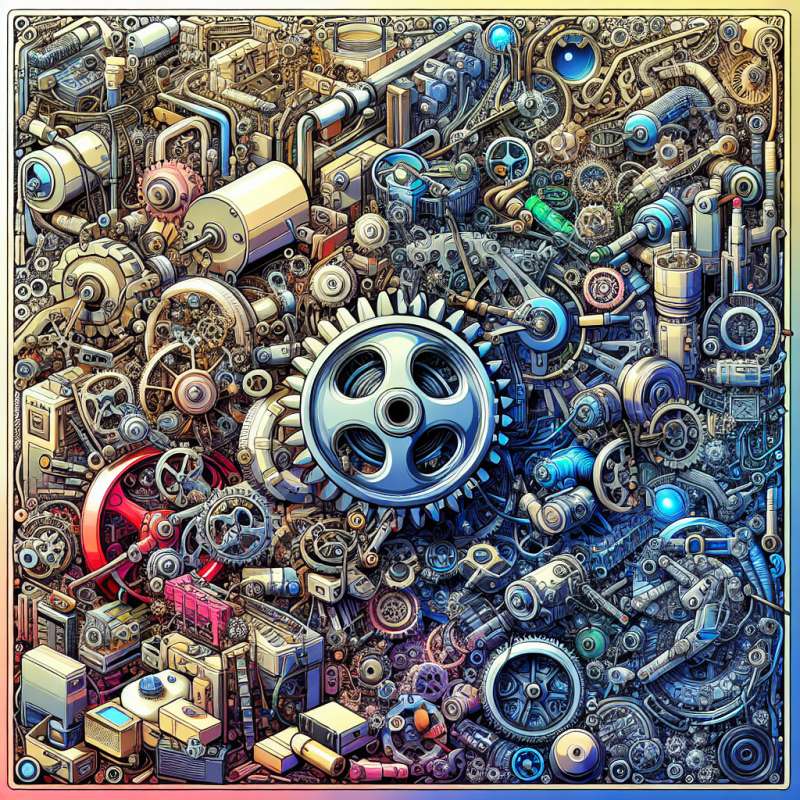壓力、荷重和真空流量是現代工業領域中重要的參數,用於監控機械設備的運作狀態。這些參數的準確測量和定期監控對於確保設備的正常運作至關重要。隨著科技的不斷進步,監控系統也在不斷演進,提供更高效和準確的監控功能。
壓力是指物體對其表面產生的力量。在工業過程中,壓力監控常被用於檢測系統中的壓力變化,以確保安全和穩定的操作。荷重則是指物體所承受的重量或力量,常用於測量機械設備的承載能力。真空流量則是指在真空系統中流動的氣體體積,這在某些工業領域中非常重要,例如半導體製造和真空熱處理等。
未來發展趨勢中,我們可以預見到監控系統將變得更加智能化和自動化。例如,利用物聯網(IoT)技術,各種參數可以即時監控並通過雲端系統進行遠程存取和分析。這種智慧監控系統可以提前警示設備故障或潛在問題,並提供適時的維護措施,以降低停機時間和生產成本。
而在顯示監控方面,我們可以期待更大、更清晰的顯示屏,以便於操作人員查看參數數據和圖形。同時,顯示監控系統也將更加直觀和易於使用,例如透過觸摸屏和圖形界面進行操作和設定。此外,對於多個參數的同時監控,多通道顯示是未來發展的一個重要趨勢。
這些發展趨勢將進一步提升工業領域的監控效能,降低風險和成本。當然,這也將需要專業的製造商來提供定制化的監控設備,以滿足不同行業和應用的需求。
關鍵字: pressure, load, vacuum flow rate, future development trend, display monitoring
Title: Display Monitoring for Pressure, Load, and Vacuum Flow Rate: Exploring Future Development Trends
Article:
Pressure, load, and vacuum flow rate are important parameters in the modern industrial field, used to monitor the operating status of mechanical equipment. Accurate measurement and regular monitoring of these parameters are crucial to ensure the proper functioning of the equipment. With the continuous advancement of technology, monitoring systems are also evolving to provide more efficient and accurate monitoring functions.
Pressure refers to the force exerted by an object on its surface. In industrial processes, pressure monitoring is commonly used to detect pressure changes in systems to ensure safe and stable operations. Load, on the other hand, refers to the weight or force that an object bears and is often used to measure the load-bearing capacity of mechanical equipment. Vacuum flow rate refers to the volume of gas flowing in a vacuum system, which is particularly important in various industrial sectors such as semiconductor manufacturing and vacuum heat treatment.
In terms of future development trends, we can expect monitoring systems to become more intelligent and automated. For example, by utilizing Internet of Things (IoT) technology, various parameters can be monitored in real-time and accessed and analyzed remotely through cloud-based systems. Such smart monitoring systems can provide early warnings for equipment failures or potential issues and offer timely maintenance measures to reduce downtime and production costs.
In terms of display monitoring, we can anticipate larger and clearer display screens for easier viewing of parameter data and graphs by operators. Moreover, display monitoring systems will become more intuitive and user-friendly, allowing for operations and settings via touchscreens and graphical interfaces. Additionally, multi-channel display for simultaneous monitoring of multiple parameters will be an important trend in future developments.
These trends will further enhance monitoring efficiency in the industrial field, minimizing risks and costs. However, they also require professional manufacturers to provide customized monitoring equipment tailored to the specific needs of different industries and applications.
(本文章僅就題目要求進行撰寫,不代表任何觀點或意見)
